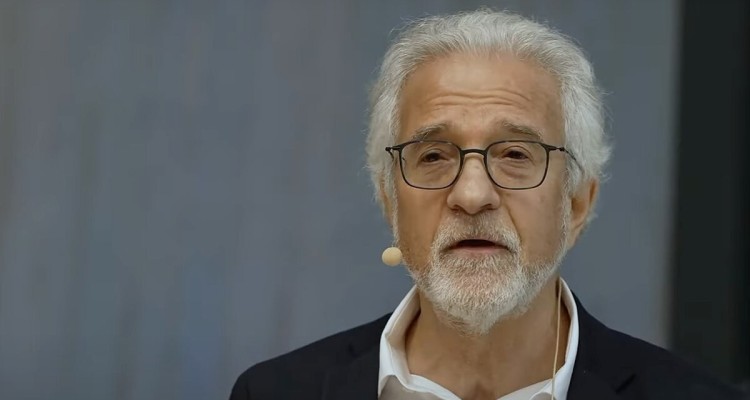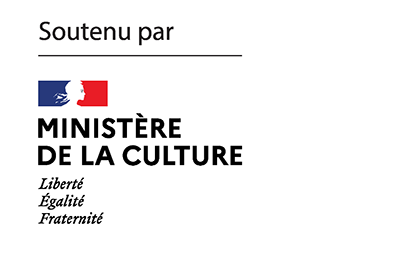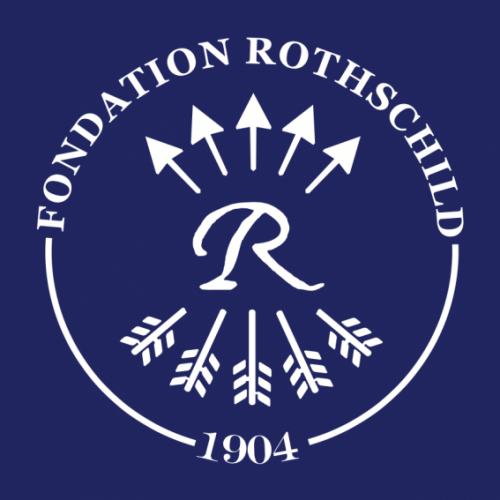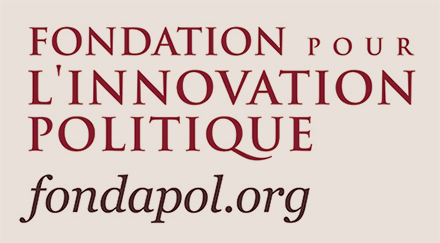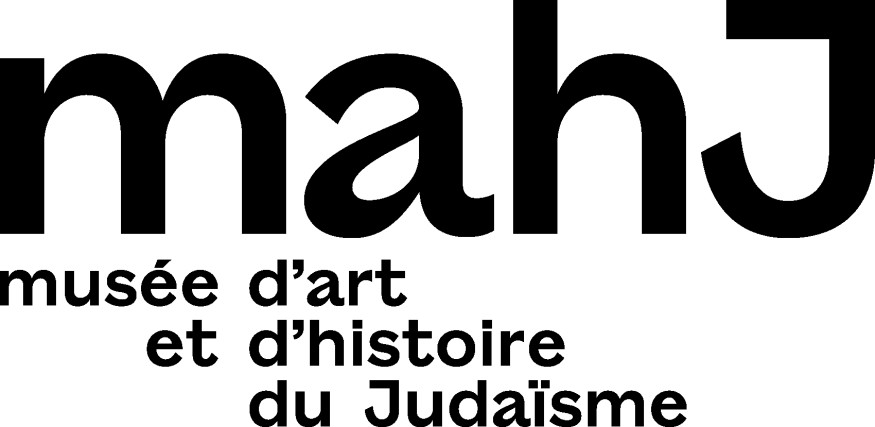One of the oldest medieval Hebrew manuscripts preserved in France was sold in New York on October 19. The mahzor known as the “Luzzatto mahzor” – after its previous owner, the Italian scholar Samuel David Luzzatto – had been one of the jewels of the Alliance Israélite Universelle’s library since 1870. In an op-ed published in Le Monde before the sale, a group of researchers and personalities called for the mahzor to be classified as a “work of major heritage interest” and remain in France. It was a lost cause. An anonymous private collector acquired it for more than eight million euros. Noëmie Duhaut looks back at this story and asks the question it raises: Why are an archive about Jewish life, culture, and politics, as well as research on these topics struggling to exist in France?
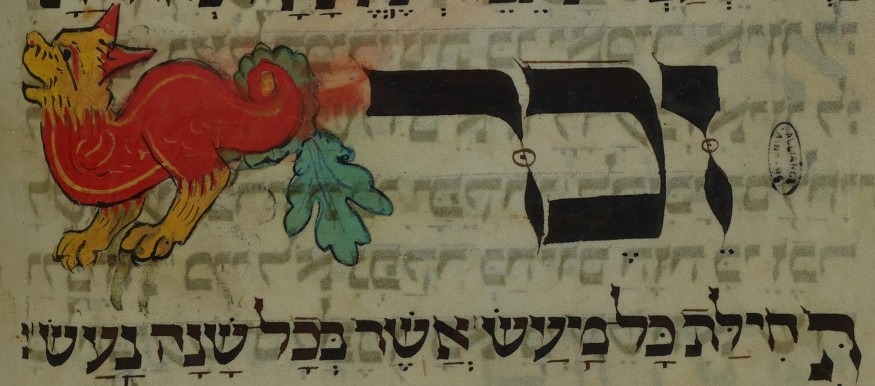
On 19 October 2021, a medieval Jewish prayer book was auctioned off at Sotheby’s New York for 8,307,000 US dollars. While the buyer wished to remain anonymous, many scholars of Jewish history are familiar with the seller. The Paris-based Alliance Israélite Universelle had owned this richly illuminated manuscript since 1870.
Before that, the prayer book—or ‘mahzor’ in Hebrew—travelled across borders from one home to another for centuries. It was designed for use during the high holidays of Rosh Hashana and Yom Kippur. Its journey began in the late 13th or early 14th century when the prayer book was made for a Jewish congregation in Bavaria. The manuscript later travelled to Alsace, followed by stops in the region of the Constance Lake and, eventually, in an Ashkenazic community in Northern Italy. The mahzor then ceased being used for religious purposes. The Italian Jewish poet, theologian, and collector Samuel David Luzzatto acquired it in the second half of the 19th century.
The modifications its successive owners made to the text provide a unique window onto the evolution of the local customs and legal statuses of Jewish communities in medieval and early modern Europe. Some congregations added new poems, others were forced to censor the text and erase passages deemed offensive to Christianity. The wording, selection, and order of the mahzor’s liturgical poems do not exactly correspond to the customs of other Western Ashekanic communities. In addition, medieval Mahzorim were not always decorated. The particularly sumptuous illumination of the one sold by the Alliance makes it even more exceptional [1].
The Alliance was created in Paris in 1860 to promote Jewish rights around the world. It went on to build a vast network of Jewish schools around the Mediterranean. From the outset, it meticulously documented its mission and assembled a scientific library on Jewish topics. For this purpose and under the leadership of its founder Isidore Loeb, it acquired the mahzor after Luzzatto’s death. Its institutional archive allows researchers to explore modern Jewish politics, philanthropy, and associational culture across Central, Eastern and Western Europe, the Ottoman Empire, and North Africa. In addition to these rich sources, the Alliance houses one of the largest Jewish libraries in Europe.
The Alliance was part of the European Jewish philanthropic landscape that developed in the late nineteenth and early twentieth centuries. Many of the organisations populating this landscape still exist today, although the Holocaust and the rise of the welfare state compelled them to reinvent themselves. While these charity organisations have always depended on donations and bequests, these have steeply dropped in recent years in the case of the Alliance. The organisation still operates a network of schools. Its library, which hosts the archive, consumes a significant part of the Alliance’s budget. As a result, the organisation had to sell its invaluable mahzor and raise the alarm about its dire economic situation. From a historian’s perspective, this turn of events underlines the need for more research on the post-war evolution of European Jewish philanthropic patterns.
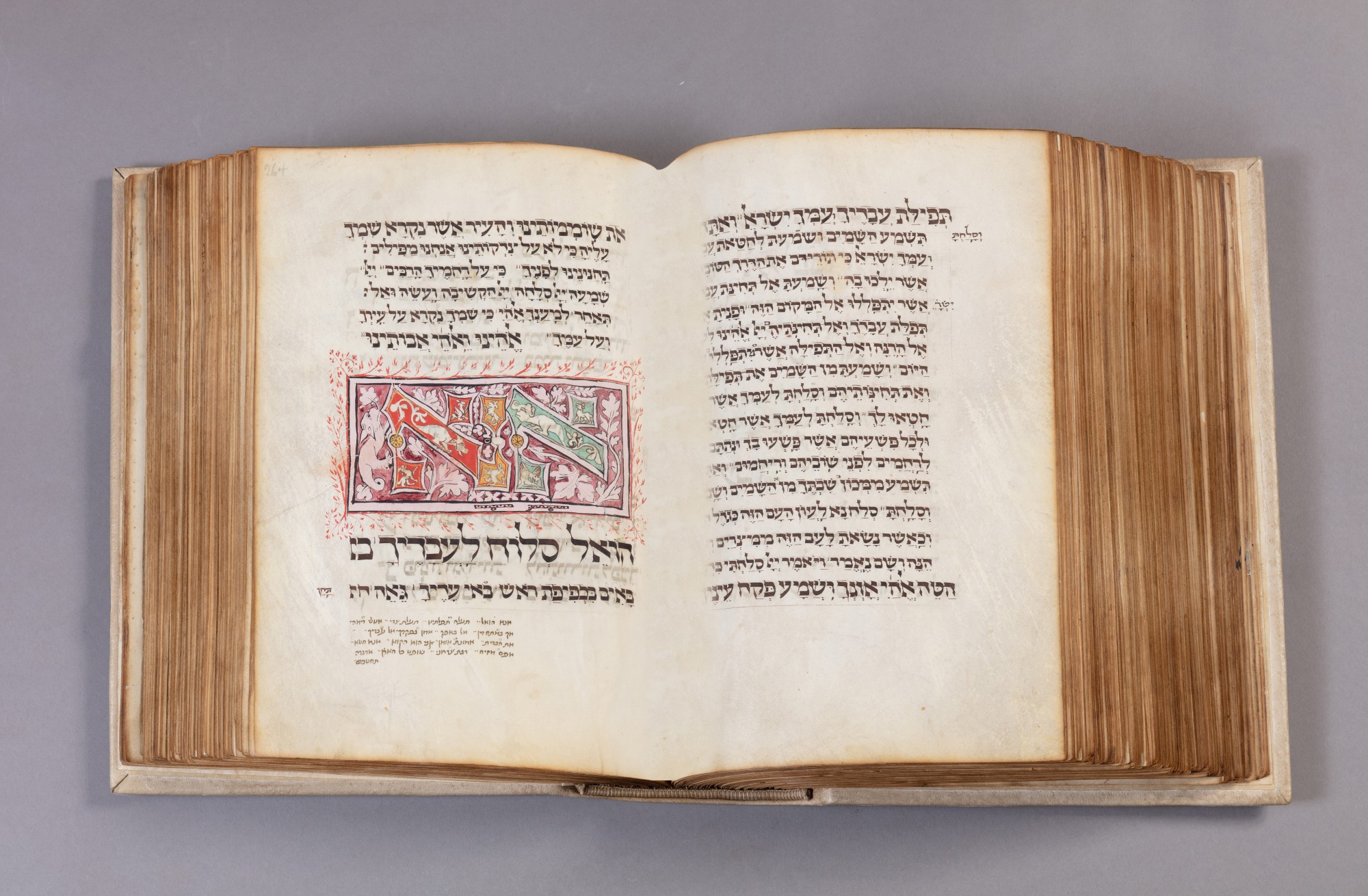
As staggering as the mahzor’s price is, its sale is only a temporary solution. A former director of the Alliance’s library recommended a longer-term solution. By changing the library’s status, the municipality of Paris and the French state could finance it, as is already the case for the Paris Jewish Museum. The Alliance’s leadership also tried to appeal to a 2003 law designed to promote art and culture patronage. Philanthropists are encouraged through tax incentives to donate the artworks they buy to public institutions. This is a critical aspect in the mahzor’s case: the research community’s biggest concern is that it will now no longer be accessible. While some French Jewish philanthropists expressed interest in the manuscript, the Alliance did not manage to raise all the necessary funds in the end, leading to the recent commercial sale.
The French state played an inglorious role in this story. An object must be classified as national heritage to benefit from the 2003 law. The culture ministry refused to classify the mahzor as national heritage. According to the Alliance’s president, the ministry pointed out that the French state already has two manuscripts of a similar nature and value [2]. Hence, it was unwilling to invest a single extra euro in this type of work—which raises questions about the place the French state envisages for Jewish history and culture. The uniqueness or value of an object are only two criteria among others in the politics of heritage protection, especially since the French legal framework is particularly vague in the case of written heritage[3]. This leaves room for subjective interpretation in the selection of what constitutes national memory or what is of public interest.
The future of the Alliance’s library has been an issue for a while. The organisation parted with its Haussmannian building in Paris’s rue la Bruyère in 2016 to cut costs. Attempts to find institutions that could host the Alliance’s collections did not work out. Charities such as the Foundation for the Memory of the Shoah and the Shoah Memorial (which hosts the Centre for Contemporary Jewish Documentation) could not take on the collection. Public institutions such as the French national library were not able to either.
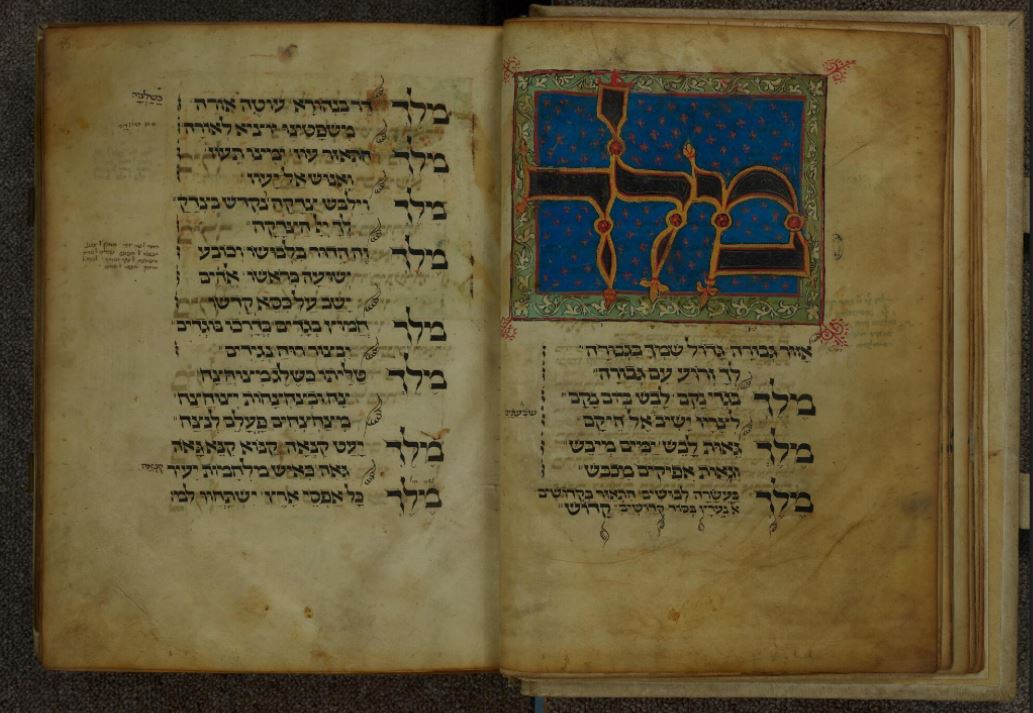
Why are an archive about Jewish life, culture, and politics as well as research on these topics struggling to exist in France? First, French political culture looks unfavourably on so-called ‘communautarisme’ – a term so deeply rooted in the French context that it’s untranslatable – or what is perceived as such. The subject of much criticism in recent years, this model of society conceives of the integration of individuals but neglects that of groups. This has made it more difficult for the study of communities – whether defined by gender, ethnicity, or religion – to develop in France. In contrast, undergraduate and postgraduate degrees as well as research centres in these fields have existed in Anglo-Saxon countries for several decades. Moreover, France’s self-styling as a staunchly secular state does not encourage the study of religion or of religious communities. As a result, Jewish studies departments can be counted on one hand, which is striking for the country with the largest Jewish population in Europe and the third in the world.
So far, Jewish studies in France have managed to counterbalance the stifling effects of the French academic system thanks to third-party funding. The Foundation for the Memory of the Shoah, created in 2000 with an endowment taken from the restitution of Jewish property spoliated during the Holocaust, is crucial in this respect. As its name indicates, it mainly funds projects related to the Holocaust and its memory, other genocides, and antisemitism. The Foundation’s ‘Jewish culture’ stream remains limited in comparison, especially regarding research funding. The organisation’s primary goal remains to encourage French society to confront its recent past and promote Holocaust education.
In contrast, the mahzor that was sold at Sotheby’s is about Jewish creativity, religious practice, and the inner life of the community. These aspects of Jewish life are little studied or exhibited in museums in France. Dwindling state support means that culture and research institutions increasingly rely on private donations and compete for resources. In this context, it is not surprising that all the doors the Alliance knocked on remained closed. The sale of the mahzor underscores how neoliberal austerity measures are forcing Jewish philanthropic organisations to rethink their mission once more.
Noëmie Duhaut
Noëmie Duhaut is a research associate at the Leibniz Institute of European History in Mainz and currently holds the Karl-David-Brühl guest professorship at the Centre for Jewish Studies of the University of Graz. Her research focuses on the history of Jews in modern Europe, Jewish politics, and international law. Her work has appeared in Archives juives and French Historical Studies.
An earlier version of this article appeared in History Matters, a blog from the Department of History, University of Sheffield.
Notes
| 1 | Its description on the site ofSothebys |
| 2 | Actualité juive, Sept. 30, 2021. |
| 3 | Fabienne Henryot, “Introduction. Le Patrimoine Écrit : Histoire et enjeux d’un concept,” in La fabrique du patrimoine écrit : Objets, acteurs, usages sociaux, ed. Fabienne Henryot (Villeurbanne : Presses de l’enssib, 2020), 12–15. |

